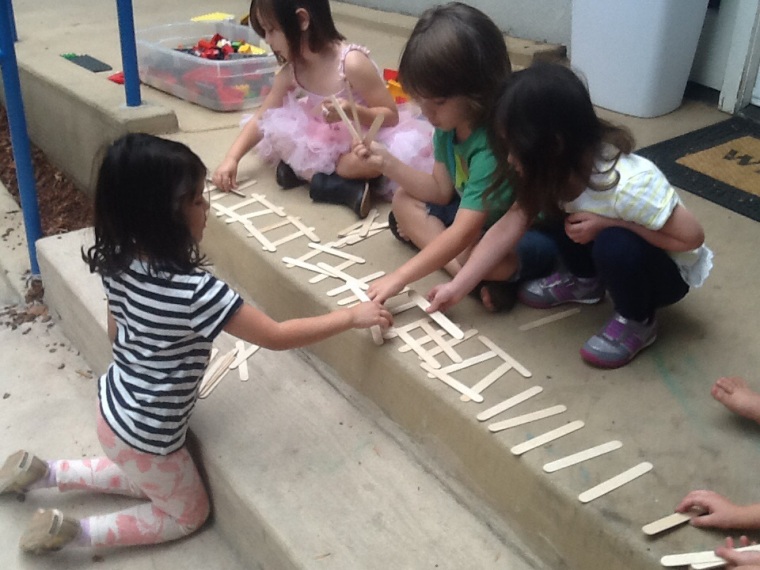If you’ve ever watched children at play, you know they’re fascinated with building things—and with taking things apart to see how they work. In other words, children are natural-born engineers.
When children engineer in a school setting, research suggests several positive results. Engineering calls for children to apply what they know about science and math—and their learning is enhanced as a result.
At the same time, because engineering activities are based on real-world technologies and problems, they help children see how disciplines like math and science are relevant to their lives.
Hands-on, project-based learning is the essence of engineering. As groups of students work together to answer questions like “How large should I make the tower?” or “How much sand will it take to make a castle?” they collaborate, think critically and creatively, and communicate with one another.
This engineering activity involved your little one making a train track in a group using popsicle sticks! Students worked together to create a wooden masterpiece!



